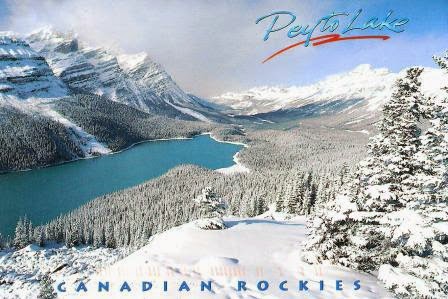Living in Estonia, Onnela sent cards from Brazil, Hong Kong and Netherlands.
Fotos: Cândido Mariano
Liberdade is considered to be São Paulo's Japanese district, although nowadays more Chinese and
Koreans inhabit this area, with many of the ethnic Japanese having moved to more
upscale areas. However, the area is still visited a lot by Japanese-Brazilians
and those who are fond of Japanese culture. Due to its cheap housing and
high-quality cheap restaurants, the area is a very popular choice of place to
live for students and temporary workers. - in: wikitravel
Photography by Chung Yin
The Hong Kong Convention and Exhibition Centre is one of the two major convention and exhibition venues in Hong Kong, along with AsiaWorld-Expo. It is located in Wan Chai North, Hong Kong Island. Built along the Victoria Harbour, it is linked by covered walkways to nearby hotels and commercial buildings. - in: wikipedia
© Uitgeverij van der Meulen
These images are not identified on the card but this is probably Kinderdijk.
.jpg)









.jpg)
.jpg)
.jpg)
.jpg)
.jpg)
.jpg)
.jpg)

.jpg)



.jpg)
.jpg)
.jpg)
.jpg)

.jpg)
.jpg)

.jpg)


.jpg)
.jpg)
.jpg)


.jpg)
.jpg)
.jpg)
.jpg)

.jpg)
.jpg)

.jpg)


.jpg)
.jpg)